We use cookies to understand how you use our site and to improve the overall user experience. This includes personalizing content and advertising. Read our Privacy Policy


We are dedicated to providing outstanding customer service and being reachable at all times.



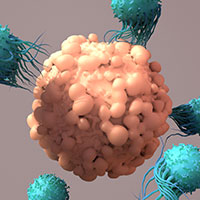




Full-Length CircRNA Identification Methods Based on Nanopore Sequencing
At a glance:
In recent years, the application of circular RNA (CircRNA) across various domains has seen a significant increase, encompassing but not limited to CircRNA vaccines and CircRNA-based gene therapies. Consequently, the study and quality control of full-length CircRNA have become increasingly prominent. This article aims to provide a comprehensive review and discussion on the methods of full-length CircRNA identification , with a particular focus on third-generation nanopore sequencing technology.
Strategies for Full-Length CircRNA Detection Based on Nanopore Sequencing
CircRNA technology exhibits significant characteristics and advantages compared to mRNA-based therapeutics or vaccines. Firstly, CircRNA possesses greater stability due to the absence of terminal sequences required for exonuclease recognition, rendering it less susceptible to degradation. Secondly, CircRNA demonstrates higher expression stability, which effectively reduces potential side effects. Furthermore, CircRNA vaccines exhibit a higher efficiency in inducing the production of neutralizing antibodies, thereby further minimizing adverse effects.
However, the sequencing of CircRNA presents several technical challenges. The typical length of CircRNA ranges from several hundred to several thousand base pairs. First-generation sequencing is constrained by throughput, and second-generation sequencing is limited by read length, both of which impede the effective assembly of full-length CircRNA sequences. Fortunately, advancements in third-generation sequencing (long-read sequencing) technologies have addressed these issues. Third-generation sequencing allows for the determination of full-length sequences without necessitating the fragmentation of CircRNA. The predominant third-generation sequencing technologies include Single Molecule Real-Time (SMRT) sequencing by Pacific Biosciences and nanopore sequencing by Oxford Nanopore Technologies (ONT).
Among these, methods for full-length CircRNA sequencing based on Nanopore technology have made significant progress, with numerous related methodologies successfully published.
Service you may intersted in
CIRI-long: An Efficient Method for Full-Length CircRNA Sequencing and Analysis Using Nanopore Technology
In the article "Comprehensive profiling of circular RNAs with nanopore sequencing and CIRI-long," published online in Nature Biotechnology, researchers have successfully optimized third-generation nanopore sequencing systems to achieve efficient analysis of full-length circRNAs. This optimized sequencing system significantly enhances the detection capability of circRNA information, capturing up to 6% of circRNA data within total reads. In contrast, conventional paired-end 150 base pairs (PE150) second-generation sequencing technology yields only 0.06% circRNA reads in total RNA sequencing results, which can be increased to just 0.27% after RNase R treatment. These findings indicate that the detection efficiency of nanopore third-generation sequencing combined with the CIRI-long analysis method is over 20-fold higher compared to second-generation sequencing technologies.
Moreover, nanopore third-generation sequencing technology possesses the capability to assemble full-length sequences of circRNAs ranging from less than 100 base pairs to 5 kilobases. In comparison, traditional PE150 second-generation sequencing technology is limited to assembling sequences up to 300 base pairs. This technological advancement provides a more comprehensive and in-depth perspective for circRNA research.
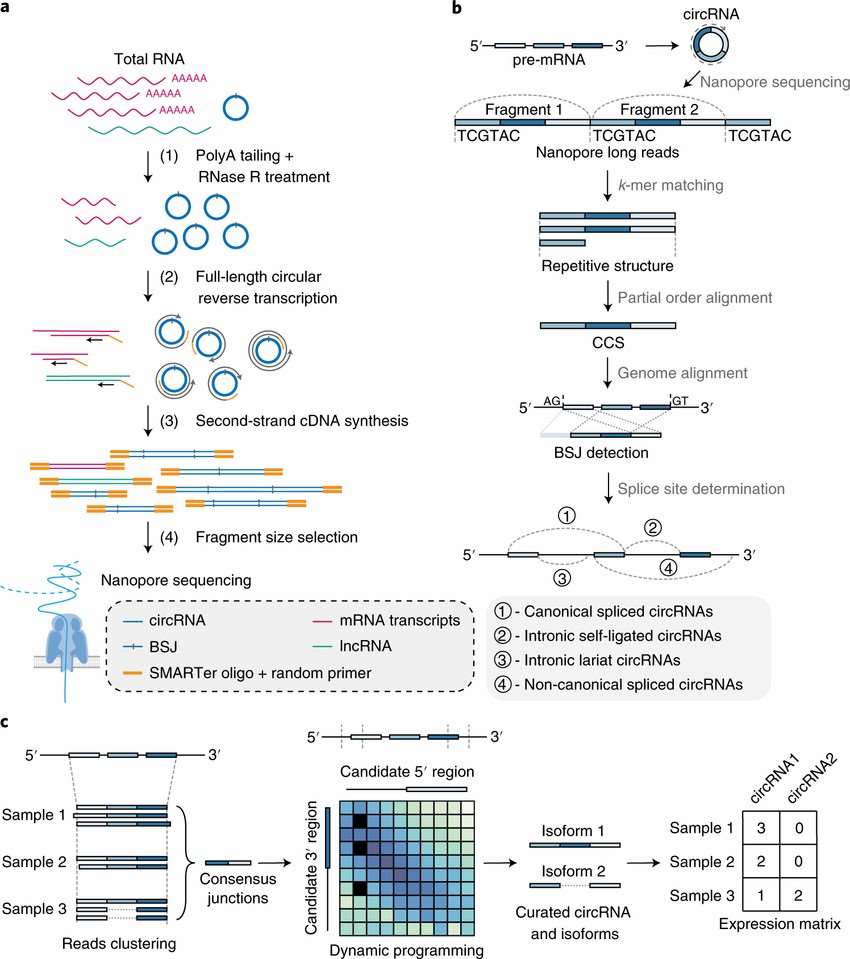 Figure 1. Full-Length CircRNA nanopore sequencing workflow
Figure 1. Full-Length CircRNA nanopore sequencing workflow
circNick-LRS and circPanel-LRS: Full-Length CircRNA and Corresponding Panel Identification Using Nanopore Sequencing
On August 10, 2021, Nature Communications published an article by Rahimi et al. from Aarhus University, detailing a large-scale analysis of human and murine circRNAs using nanopore sequencing. The study, titled "Nanopore sequencing of brain-derived full-length circRNAs reveals circRNA-specific exon usage, intron retention, and microexons," primarily discusses the capability of third-generation Nanopore sequencing to identify full-length circRNAs and specific alternative splicing events.
The researchers observed that, compared to linear RNA, circRNAs exhibit a higher frequency of novel exon inclusion, intron retention, and microexons (3-29 nucleotides). The authors developed a detection workflow for circRNAs, termed circNick-LRS (long-read sequencing), identifying a total of 18,266 and 39,623 unique circRNAs in human and mouse brains, respectively. Additionally, they devised a strategy for detecting circRNA panels, termed circPanel-LRS, which obviates the need for prior circRNA enrichment. This approach revealed an average of over 30 circRNA isoforms per targeted site.
This comprehensive methodological advancement provides significant insights into the unique splicing patterns of circRNAs, facilitating further research into their functional roles and regulatory mechanisms.
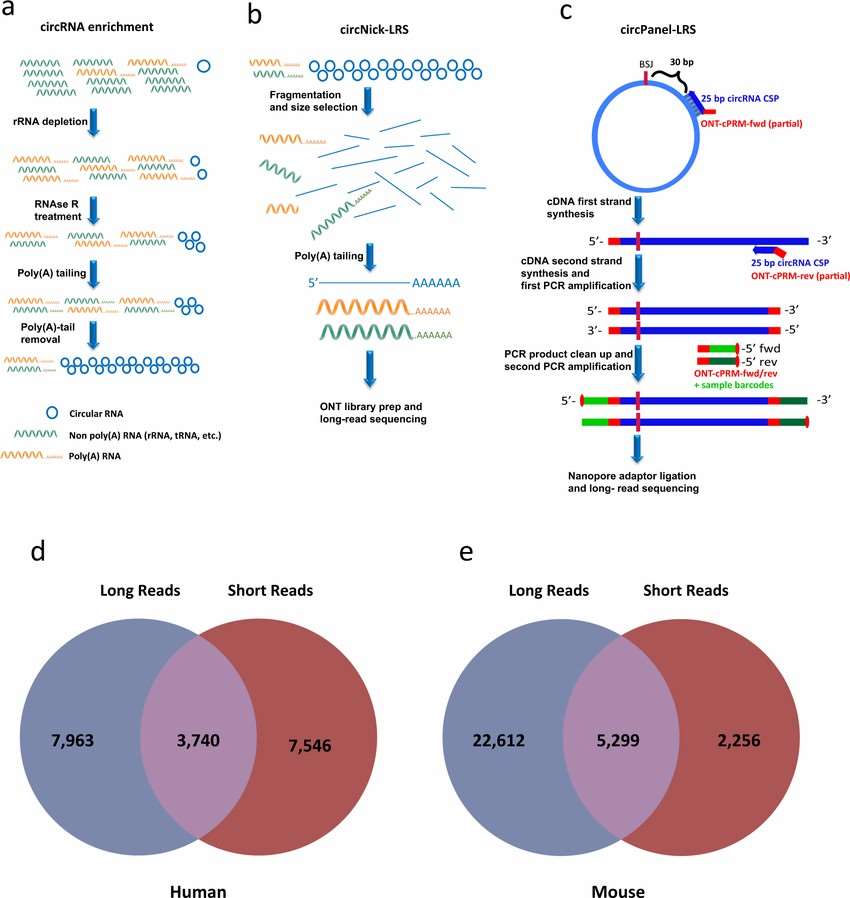 Figure 2. Workflow for circRNA ONT sequencing a CircRNA enrichment protocol.
Figure 2. Workflow for circRNA ONT sequencing a CircRNA enrichment protocol.
isoCirc: A Tool for Full-Length CircRNA Analysis Using Nanopore Sequencing
On January 12, 2021, Nature Communications published an article by Ying et al. from the Children's Hospital of Philadelphia and the University of Pennsylvania, introducing isoCirc, a tool developed for the detection and analysis of full-length circRNA isoforms and their internal alternative splicing structures using long-read nanopore sequencing technology. The study, titled "isoCirc catalogs full-length circular RNA isoforms in human transcriptomes," presents isoCirc as a powerful new tool that addresses the limitations of short-read sequencing in circRNA research.
The researchers utilized isoCirc to conduct a comprehensive analysis of full-length circRNA sequences in the HEK293 cell line and twelve human tissues, thereby providing valuable data resources for the circRNA research community. The implementation of isoCirc demonstrates significant advancements in the ability to analyze circRNA, facilitating a deeper understanding of their structural complexity and biological roles.
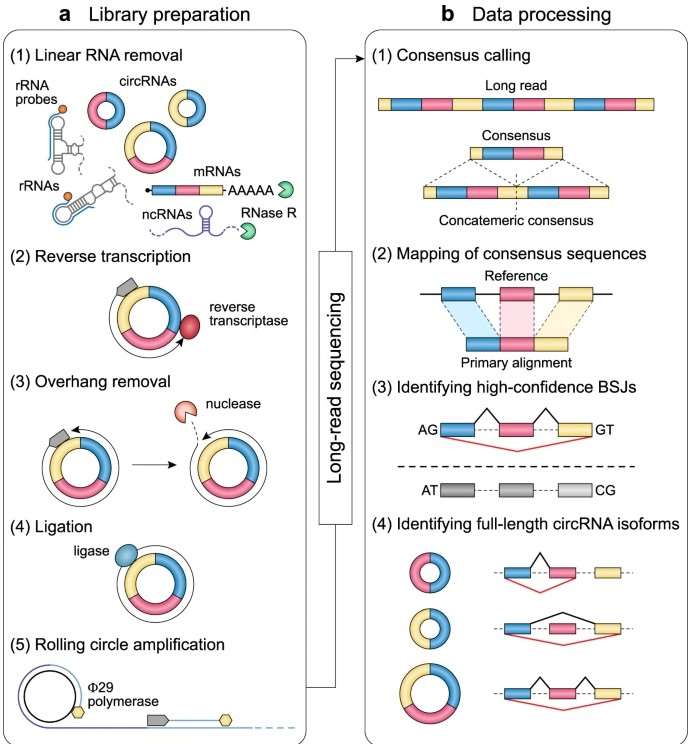 Figure 3. Overall experimental and computational workflow of isoCirc.
Figure 3. Overall experimental and computational workflow of isoCirc.
circFL-seq: A Quantitative Strategy for Full-Length CircRNA Analysis Using Nanopore Sequencing
On October 14, 2021, eLife published an article by Yang Ence's team from the School of Basic Medical Sciences, Peking University, detailing a novel experimental and bioinformatics strategy for the quantitative analysis of full-length circRNAs using nanopore sequencing. The study, titled "circFL-seq reveals full-length circular RNAs with rolling circular reverse transcription and nanopore sequencing," introduces circFL-seq, a method that combines rolling circle reverse transcription amplification with long-read nanopore sequencing.
The circFL-seq methodology employs an experimental approach similar to that of CIRI-long, utilizing rolling circle reverse transcription to ensure comprehensive coverage of the entire circRNA length while addressing the issue of lower sequence quality associated with third-generation sequencing. Bioinformatically, circFL-seq, like CIRI-long, identifies circRNAs through the detection of backspliced junctions (BSJs) and employs cyclic consensus sequence (CSS) analysis for precise full-length circRNA characterization.
This approach offers a novel strategy for the identification and quantification of full-length circRNAs and their transcript isoforms. The authors assert that circFL-seq presents significant advantages over previous methodologies, particularly in the identification of alternative splicing events and fusion circRNAs.
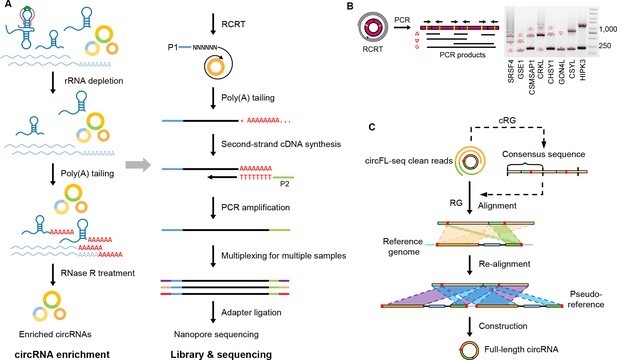 Figure 4. Diagram of circFL-seq workflow.
Figure 4. Diagram of circFL-seq workflow.
Discussion
These four articles on experimental methods and bioinformatics analyses for full-length circRNA each demonstrate unique advantages, providing researchers with a diverse array of options for circRNA exploration. Concurrently, Oxford Nanopore Technologies has recently released highly performant Q20 reagents and R10.4 flow cells, followed by the introduction of the even more advanced Kit 14 reagents and R10.4.1 nanopore sequencing flow cells. These new products maintain 99% raw read accuracy while further enhancing data quality. This technological advancement is anticipated to significantly streamline the steps required to improve accuracy in nanopore sequencing, thereby facilitating in-depth full-length circRNA sequencing research.
Moreover, nanopore sequencing technology, with its low entry threshold, long read lengths, and real-time sequencing capabilities, stands out among various high-throughput sequencing technologies. It is reasonable to expect that nanopore sequencing will play a crucial role in the research and quality control of circRNA, mRNA vaccines, and other products, providing robust technical support for scientific endeavors.
References
- Liu et al., circFL-seq reveals full-length circular RNAs with rolling circular reverse transcription and nanopore sequencing. eLife, 2021.
- Xin et al. isoCirc catalogs full-length circular RNA isoforms in human transcriptomes. Nature communications, 2021.
- Zhang et al., Comprehensive profiling of circular RNAs with nanopore sequencing and CIRI-long.Nature biotechnology, 2021.
- Rahimi et al., Nanopore sequencing of brain-derived full-length circRNAs reveals circRNA-specific exon usage, intron retention and microexons. Nature Communications, 2021.
- Qu et al., Circular RNA Vaccines against SARS-CoV-2 and Emerging Variants. Cell, 2022.
For research purposes only, not intended for personal diagnosis, clinical testing, or health assessment